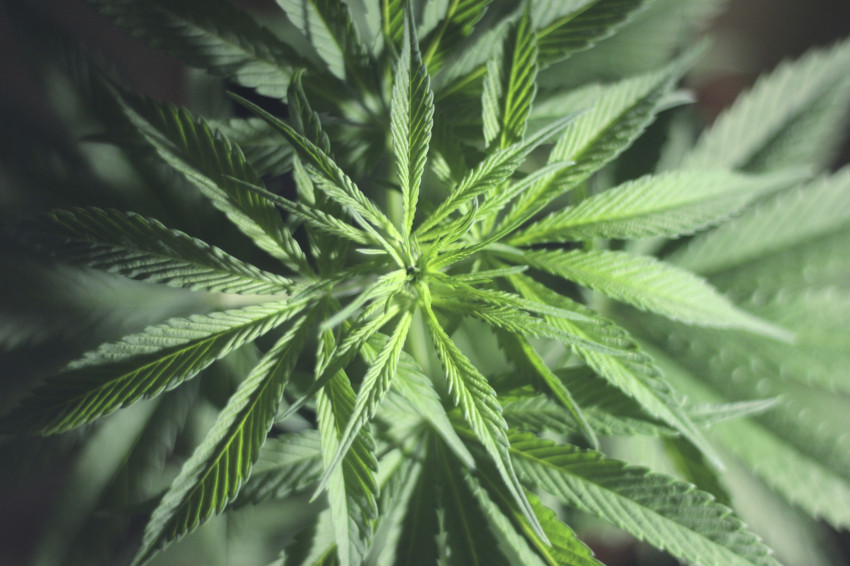By Wynne Armand, MD
Marijuana is widely used, especially in adolescents and young adults. In the US, there are about 20 million users (about 7.5% of people aged 12 or older).

Marijuana is a mind-altering (psychoactive) drug. Similar to hemp, it comes from the cannabis plant. The plant’s primary drug effects come from the chemical delta-9-tetrahydrocannabinol, or “THC.” Marijuana is smoked, “vaped” (inhaling the vapor), or ingested in foods or teas. Over the last few decades, the concentration of THC in the cannabis plant has been increasing. In addition, the plant extracts are more potent.
Short-term effects of marijuana
Marijuana is often used for its “high,” and can make people feel more relaxed, alter the senses, and cause time distortion. It can also impair thinking, judgment, coordination, and memory. In some people, it may lead to paranoia or anxiety. Physical effects may include bloodshot eyes, dry mouth, slurred speech, and increased heart rate.
These sensations may last up to four hours after inhaling marijuana smoke, or up to 12 hours if consumed, though performance impairments may last for much longer.
Long-term effects of marijuana
Smoking marijuana can irritate the lungs and lead to breathing problems like cough, excess mucus, bronchitis, and worsening of conditions like asthma and cystic fibrosis. It is not clear if smoking marijuana is linked to lung cancer. Marijuana use during pregnancy can also harm a baby’s brain development.
We are learning more about the long-term effects of marijuana, and this leads to even more questions as we realize there is a lot we don’t know. What is clear is that some of the long-term effects correspond to heavy use. However, heavy use is difficult to define given the nature and limitations of past studies, the different ways marijuana and its extracts are used, and the shifts in THC concentration in cannabis.
The biggest health risks appear to be in those who start using as teenagers or young adults when their brains are still developing. In youths who use heavily, studies have shown deterioration in their learning and cognitive thinking that persists into adulthood, even after they have stopped using marijuana. There also appears to be a link between marijuana use and certain mental illnesses. Though most marijuana users will not develop dependence and addiction, it is more common in teenage users.
Medical benefits of marijuana
Medical use of marijuana (“medical marijuana”) is somewhat controversial. In the United States, current FDA-approved medications containing synthetic THC are dronabinol (Marinol capsules, Syndros liquid) and nabilone (Cesamet). These drugs are prescribed as appetite stimulants in AIDS patients and for chemotherapy-related nausea and vomiting. They are sometimes used off-label for similar symptoms in other conditions. An oral spray nabiximols (Sativex) is approved in other countries for treatment of multiple sclerosis muscle spasticity and cancer-related pain not managed by other pain medication, and is undergoing further evaluation in the U.S.
Although marijuana can help relieve the symptoms of certain medical conditions, its use is still illegal on a federal level, and because we don’t have data from large, long-term, well-designed studies, the FDA continues to have concerns about potential risks versus benefits. Fortunately, studies continue on marijuana, THC, and cannabidiol (a component of marijuana which does not have the mind-altering effects of THC). Early research shows cannabidiol and its derivatives hold potential promise in additional conditions like drug-resistant epilepsy and some psychiatric disorders (e.g., anxiety, substance use disorders, schizophrenia, and psychosis).
Some states have passed laws, contrary to federal laws, to allow the use of marijuana for medical conditions. Some states have also made the move to decriminalize marijuana use by adults or have similar measures on upcoming ballots. It is unclear what health impact decriminalization of marijuana would have. The experiences of other states and countries that have made these legal changes were varied and unpredictable. The greatest threat would be an increase in adolescent use.
Be cautious if you use marijuana
In the meantime, if you do use marijuana products, do not do so before driving or operating other heavy or dangerous equipment, and stop if you are pregnant. Talk to your doctor about the safety of continued use if you have a heart or lung condition, or are concerned that you might have developed an addiction. Avoid products that are packaged as candy or other edibles if there are children in your household who are more susceptible to a toxic overdose. And talk to your kids about the potential hazards of marijuana, because the risks are particularly high in young people.
(Published with permission from Harvard Gazette.)













